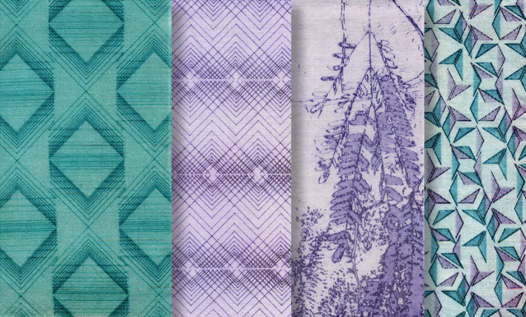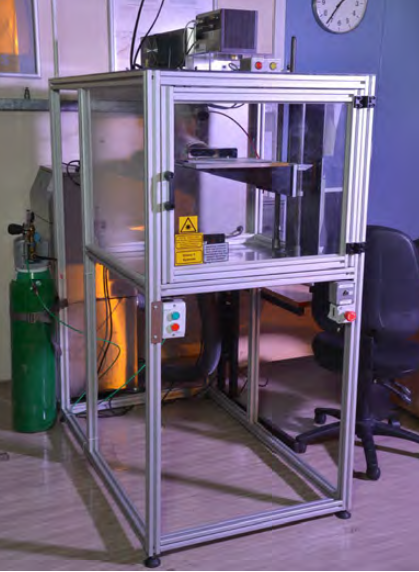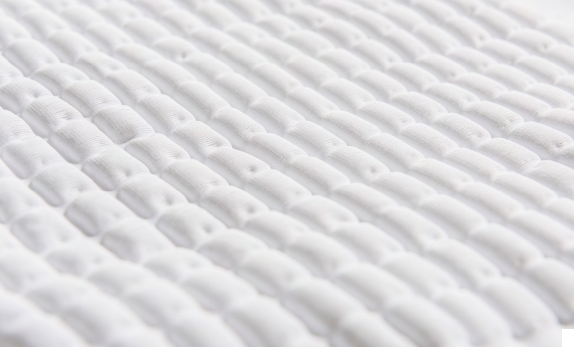Although, I do not plan to participate in the Hackaday Prize 2020. It is inspiring to look for sustainable applications of laser technology.
In 2019, the United Nations set up a campaign for sustainable fashion. Most of the clothes are manufactured in Asia. This process requires a lot of water and produces toxic waste.
Luckily, Dr. Laura Morgan, looked for ways to dye textile with lasers, see her extensive PhD thesis.

She showed that lasers can be used to dye textiles. Results can be seen in the image below.
 The laser allows one to locally tune the diffusion of colorant into the textile.
The laser allows one to locally tune the diffusion of colorant into the textile.She points out multiple benefits for the environment. Production can be done locally,
waste can be reduced and new colors can be added to existing products allowing reuse.

In her laser experiments, Dr. Morgan uses 2 Joules per square centimeter. Results are improved with multiple passes, e.g. 15 passes. A carbon dioxide laser is used in her experiments.
She also shows other applications; fading linen, increasing the absorption of wool and applying 3D texture via heat distortion.

I think textile coloring could be a nice angle for the Hexastorm. If I have the time, I will do some experiments with a 450 nm laser at 10W. This is much safer than a carbon dioxide laser as infrared light is invisible. The process still requires a washing step but the chemicals involved are a lot less dangerous than the chemicals used for PCBs. The application I see is adding patterns to existing products. I think the process is too slow due to insufficient laser power for large scale production.
Which brings me to an update of my current progress.
At the moment, I am mostly busy with creating the FPGA electronics for the scanner.
I have made a new board as I made a mistake in the previous board. It turned out that I couldn't use the SPI programming port for sending laser data to the FPGA.
I also wrote new software, this has so far only been tested virtually.
 Hexastorm
Hexastorm
Discussions
Become a Hackaday.io Member
Create an account to leave a comment. Already have an account? Log In.